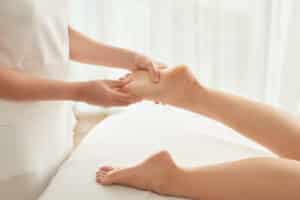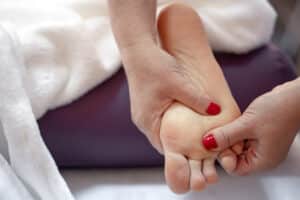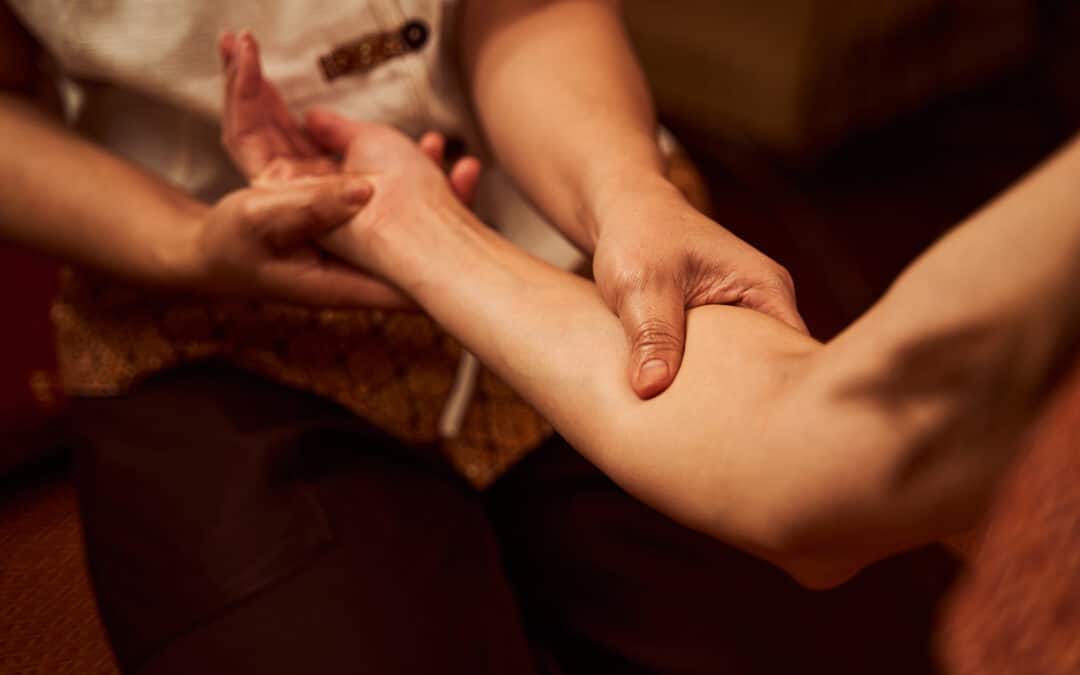What is reflexology compared to other traditional types of massages? Reflexology, an ancient healing method, strives to balance the body’s energy. This involves applying pressure to specific points on the feet, hands, or ears, thought to connect with various organs and systems. Reflexology isn’t just about rubbing feet; it wakes up nerve endings, improves blood flow, and lets out endorphins, which can help with more than just feeling relaxed. People find it helpful for dealing with pain, anxiety, and other issues. It’s recognized as an effective complementary therapy for managing pain, anxiety, and various disorders, offering relief and promoting overall well-being.
Key Takeaways
- Reflexology is a therapeutic practice rooted in ancient Chinese beliefs, focusing on maintaining health and balance.
- Unlike a traditional foot massage, reflexology targets specific pressure points corresponding to body organs and regions.
- It stimulates neural pathways, enhances circulation, and releases endorphins, leading to overall energy balance.
- Reflexology sessions, often personalized to individual health needs, offer pain relief, improved sleep, and cognitive function benefits.
- Despite limited scientific studies, reflexology is considered an effective complementary treatment for stress, anxiety, and pain management.
Understanding What Is Reflexology
Reflexology, often misunderstood as a special foot massage, is a distinctive therapeutic technique that involves applying pressure to meticulously identified points on the feet, hands, or ears, each corresponding to different organs and regions of the body. The practice is rooted in ancient Chinese beliefs, particularly the philosophy of qi, or energy flow. Reflexology‘s primary objective is maintaining this energy flow to promote overall health and balance.
The essence of reflexology lies in targeting specific pressure points, notably different from general foot massages. When stimulated, these points can induce a healing response in corresponding organs, helping alleviate various ailments. Practitioners utilize an intricate foot chart to identify these specific areas, guiding their pressure application for therapeutic purposes.
Reflexology focuses on stimulating nerve endings, enhancing circulation, and releasing endorphins, promoting well-being. The technique goes beyond relaxation, delving into energy restoration and blockage clearance. Reflexology is a holistic approach to health enhancement, addressing physical discomfort and energy imbalances that might underpin it. This holistic modality is gaining popularity due to its potential benefits and the fresh perspective of therapeutic massages.
Reflexology Versus Traditional Foot Massage

When comparing reflexology to a traditional foot massage, one must understand that the two practices, while seemingly similar, have distinct objectives and techniques. Reflexology goes beyond the primary aim of promoting relaxation and improving circulation, which is characteristic of a typical foot massage. Reflexologists use specific manual techniques to apply pressure to designated reflex points on the foot. Each of these pressure points corresponds to different organs and regions in the body.
The objective of a reflexology treatment is not just to relax the muscles but to stimulate neural pathways and restore energy balance in the body. A reflexology massage targets these specific reflex points to induce a healing response in the corresponding body areas.
In contrast, a traditional foot massage primarily involves kneading and manipulating soft tissue to promote relaxation and improve circulation. While it offers immediate relaxation, its potential benefits are generally not as thorough as those provided by reflexology.
Reflexology is a distinctive practice recognized worldwide. It offers relaxation and potential health benefits beyond a typical foot massage. Therefore, while both practices involve the feet, the techniques and aims of foot reflexology and a traditional foot massage differ.
Unveiling the Benefits of Reflexology
 What can one expect from the diverse array of benefits that reflexology offers? This distinct massage technique taps into the body’s network of pressure points, mainly in the foot, to stimulate specific points linked to various body parts and functions. This holistic approach can significantly improve body wellness in many ways.
What can one expect from the diverse array of benefits that reflexology offers? This distinct massage technique taps into the body’s network of pressure points, mainly in the foot, to stimulate specific points linked to various body parts and functions. This holistic approach can significantly improve body wellness in many ways.
| Benefit | Description | Linked to |
|---|---|---|
| Pain Relief | Alleviates chronic pain | Various pressure points |
| Energy Boost | Revitalizes energy levels | Specific points in the foot |
| Stress Reduction | Promotes relaxation | Holistic approach |
| Sleep Improvement | Enhances sleep quality | Foot massage |
Reflexology helps reduce pain and relieve stress, making it beneficial for individuals grappling with anxiety and depression. It further stimulates the body’s natural healing processes, aiding in resolving digestive disorders, weight control, and reducing cravings.
Moreover, reflexology enhances cognitive function, increasing focus and mental clarity. Targeting respective pressure points in the foot is especially helpful in handling headaches and menstrual problems. In conclusion, reflexology offers a multifaceted approach to wellness, making it more than just a foot massage and worthy of consideration in everyone’s wellness regimen.
What to Expect in a Reflexology Session
 Embarking on a reflexology journey, one can anticipate a typical session to last approximately 50 minutes, providing ample time for an in-depth treatment tailored to your specific health and lifestyle needs. This session will blend foot massage and reflexology, targeting particular points associated with various body parts to improve body function and relieve tension.
Embarking on a reflexology journey, one can anticipate a typical session to last approximately 50 minutes, providing ample time for an in-depth treatment tailored to your specific health and lifestyle needs. This session will blend foot massage and reflexology, targeting particular points associated with various body parts to improve body function and relieve tension.
The reflexologist will start by inquiring about your health, lifestyle, and dietary habits to personalize the session to your needs. Throughout the session, you will need to expose your feet and lower legs while the rest of the body remains clothed. They will then use their hands to apply pressure on these specific points, utilizing either lotions or creams to enhance the experience and facilitate the pressure applied.
The benefits of reflexology are numerous and can range from stress relief to improved circulation. However, due to limited research, you should consult your doctor before starting reflexology sessions. This will ensure the practice complements your existing health regimen and does not interfere with ongoing treatments or conditions.
Evaluating the Effectiveness of Reflexology
 While appreciating reflexology sessions’ benefits and personalized approach, it is equally essential to objectively assess this practice’s scientific validity and effectiveness. Reflexology uses hands to apply pressure to specific points on the feet and other areas of the body. The goal is stimulating nerve endings, improving blood circulation, and releasing healing endorphins.
While appreciating reflexology sessions’ benefits and personalized approach, it is equally essential to objectively assess this practice’s scientific validity and effectiveness. Reflexology uses hands to apply pressure to specific points on the feet and other areas of the body. The goal is stimulating nerve endings, improving blood circulation, and releasing healing endorphins.
Limited high-quality scientific studies on reflexology exist, making it challenging to evaluate its effectiveness definitively. However, research shows potential benefits in reducing symptoms and improving quality of life. Studies suggest positive effects of reflexology on managing anxiety and pain levels.
Below is a table summarizing the potential benefits of reflexology based on current research:
| Potential Benefit | Method of Use | Evidence Level |
|---|---|---|
| Anxiety Reduction | Pressure points on feet and hands | Some evidence |
| Pain Management | Specific areas of feet | Limited evidence |
| Improved Quality of Life | Regular foot massages | Mixed evidence |
| Symptom Reduction | Reflexology Help | Preliminary evidence |
While reflexology is not scientifically proven for treating diseases, it’s a helpful complementary treatment for stress and anxiety. It’s more than just a foot massage; it’s a distinctive approach to improving body wellness.
Frequently Asked Questions
Is Reflexology Better Than a Foot Massage?
Unlike a standard foot massage, reflexology targets specific reflex points to promote healing in corresponding organs and body systems. It can offer benefits such as improved circulation and relief from various health issues.
What Is the Full Reflexology Treatment?
A complete reflexology treatment involves applying pressure to specific reflex points on the hands, feet, or ears to trigger a healing response in corresponding body parts and promote overall health and well-being.
What Are the 3 Types of Reflexology?
Reflexology is a holistic healing technique with three primary types: foot, hand, and ear reflexology. Each focuses on applying pressure to specific points corresponding to different body parts to promote overall health and well-being.
What Is a Full Body Reflexology Massage?
A whole-body reflexology massage is a holistic treatment that applies pressure to specific reflex points on the feet, hands, and ears to restore energy flow, stimulate healing responses, and promote overall well-being in the body.
Conclusion
Reflexology is a form of massage therapy that harnesses the power of touch to promote overall wellness. It involves applying targeted pressure to specific areas of the feet, hands, arms, and ears to stimulate blood and vital energy. Reflexology has deep historical roots and has been used for centuries in Chinese medicine as a complementary treatment for medical conditions.
Research is ongoing to understand the effects of reflexology treatment on various health issues. Studies have shown reflexology may help with stress relief, pain reduction, improved sleep quality, and muscle relaxation. Reflexology sessions are known for their gentle but steady pressure, which helps to soothe tight muscles, relieve physical pain, and promote a parasympathetic and relaxation response.
Reflexology is currently used in palliative care as a complementary therapy and is becoming an increasingly popular alternative to traditional medical treatment. It is effective in treating chronic conditions, fungal conditions, and peripheral neuropathy in people with diabetes. It may also help relieve joint pain, improve mobility, and increase platelet count.
Reflexology is a popular alternative therapy with potential benefits for various medical conditions. Working with a reflexology practitioner knowledgeable about reflexology techniques and their effects on the body is essential. With plenty of time and care, reflexology can be an effective treatment plan for those seeking relief from stress, pain, and other health disorders.

